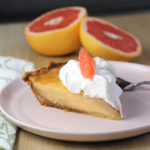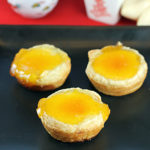When Four Egg Custard Tarts Are Just Enough
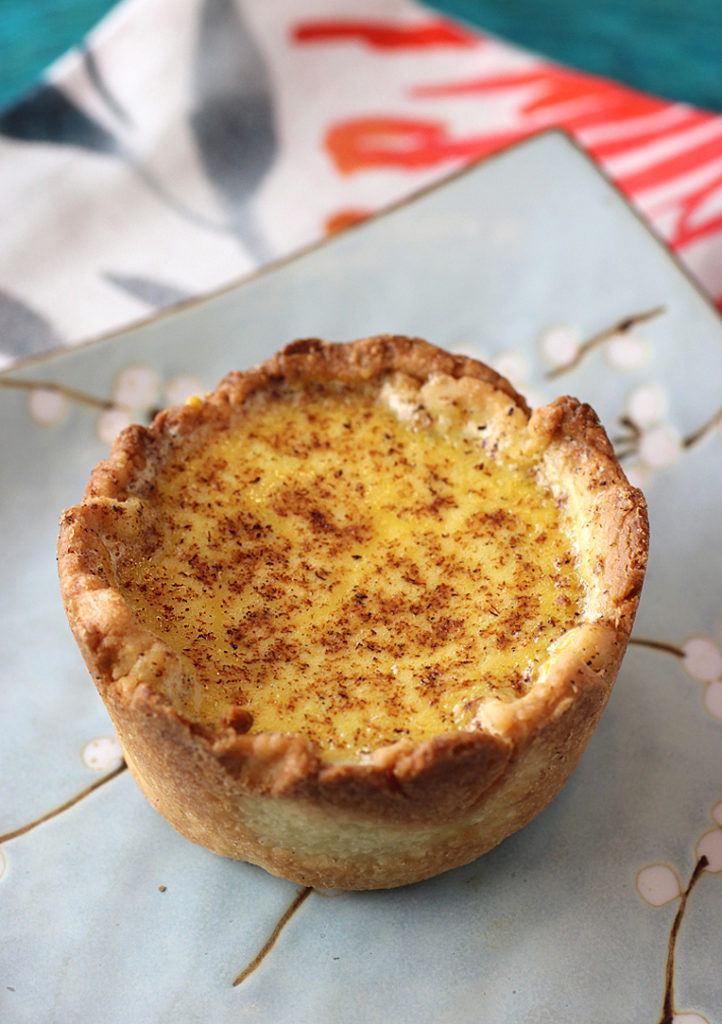
As much as I love to bake, there are times when even for me whipping up a massive layer cake or two dozen chocolate eclairs is just too much for my two-person household to handle.
To the rescue comes “Small Batch Bakes” (Kyle Books, 2022).
The thoughtful cookbook, of which I received a review copy, is by Edd Kimber, a London food writer and popular baker who was the inaugural winner of the original “The Great British Bake Off.”
The recipes are perfect for those who are single, live in small households or crave a sweet treat but don’t want the temptation of having trays of caloric leftovers around.
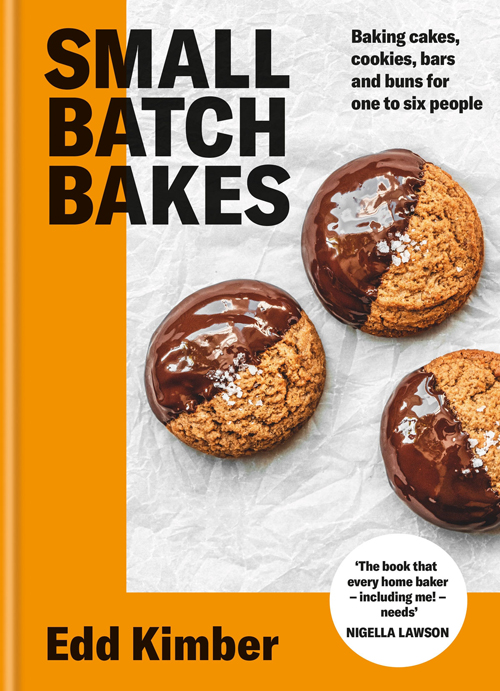
Instead, these recipes yield more modest amounts, such as “Blueberry Cream Tarts” (4), “Japanese Jiggly Cheesecake with Passion Fruit Butterscotch Sauce” (6 servings), “Date Night Creme Brulee” (2), and “Emergency Chocolate Chip Cookie” (yes, just one).
I only wish there was a cupcake recipe included that would make only four. But I’m guessing the omission is due to the fact that cupcakes are more of an American staple than a British one.
Even though I adore “Egg Custard Tarts,” getting my hands on a recipe that makes only four is definitely a win as anyone knows who’s ever had a large custard pie languishing in the fridge for days that slowly begins to attain the dreaded soggy bottom.

For these custard tarts, you start by making a vanilla-scented, buttery pastry dough. The recipe below is twice as much as you’ll need for this tart recipe, so you can either freeze half the dough or cut the recipe in half to begin with. If you have a food processor, definitely use it, as it will make the dough come together in a blink.
The recipe instructs to use four 4-inch loose-bottomed tart pans or brioche tins. I had neither in that size, so I ended up using a jumbo muffin tin instead, which worked fine — with one exception. The recipe never called for greasing the tart pans, so I didn’t do that. What a mistake that was! It made my first attempt — yes, there was more than one — a fiasco with half-stuck tarts in the pan. However, on my second attempt at this recipe, I greased the tins before blind-baking the pastry dough in them, which worked like a charm. I added that to the recipe below.
After the tart crusts finish baking, make the custard by simmering milk, heavy cream and more vanilla. Then, slowly dribble in a little of this hot mixture into a bowl of egg yolks and sugar, whisking the entire time so the yolks don’t scramble. Since you’ll be pouring this custard mixture directly into the tart shells, you’ll have an easier job if you transfer it into a glass measuring cup with a spout. I also suggested that in the recipe below.
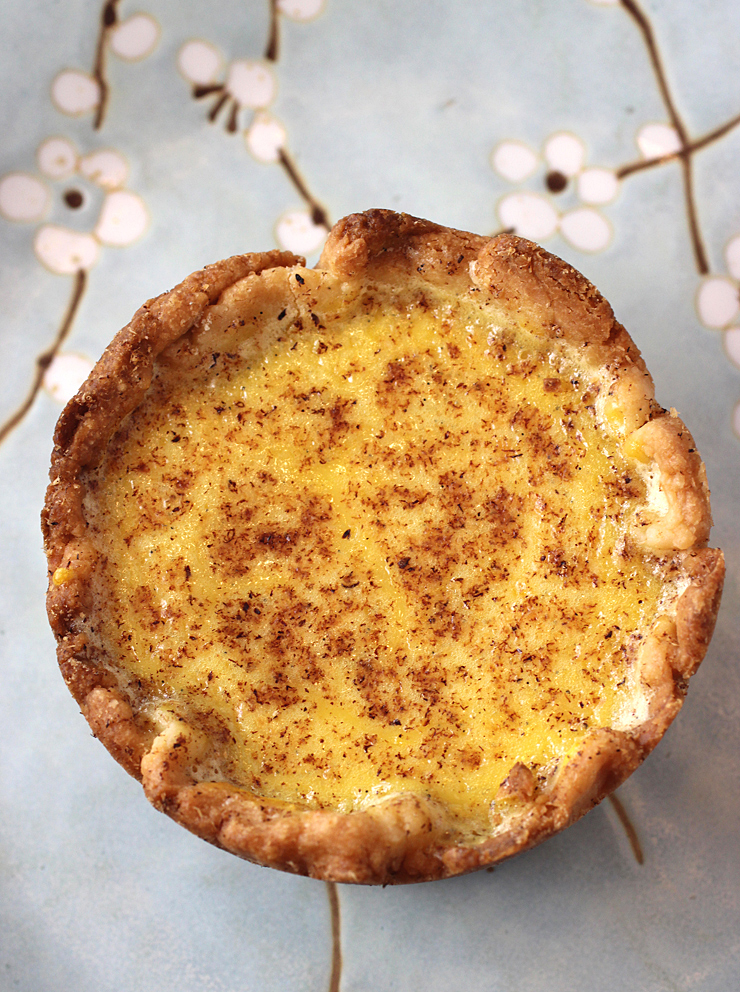
The recipe instructed to bake the custards until the edges were just set and the center still had a bit of a wobble. On my first go-round, this resulted in a still too-runny custard even after the tarts were refrigerated. On my second attempt, I baked the tarts a little longer until the custard was almost completely set with just the merest jiggle at the very center. That worked far better.
The tarts are generously sized, larger than your typical Portuguese egg tarts. The pastry is crisp and flaky. The filling is flawlessly smooth, incredibly creamy, and wonderfully redolent of vanilla, with a consistency akin to creme brulee.
The tarts retain their integrity for a good two days after baking. But with only four of them, it’s a good bet they won’t even last that long.
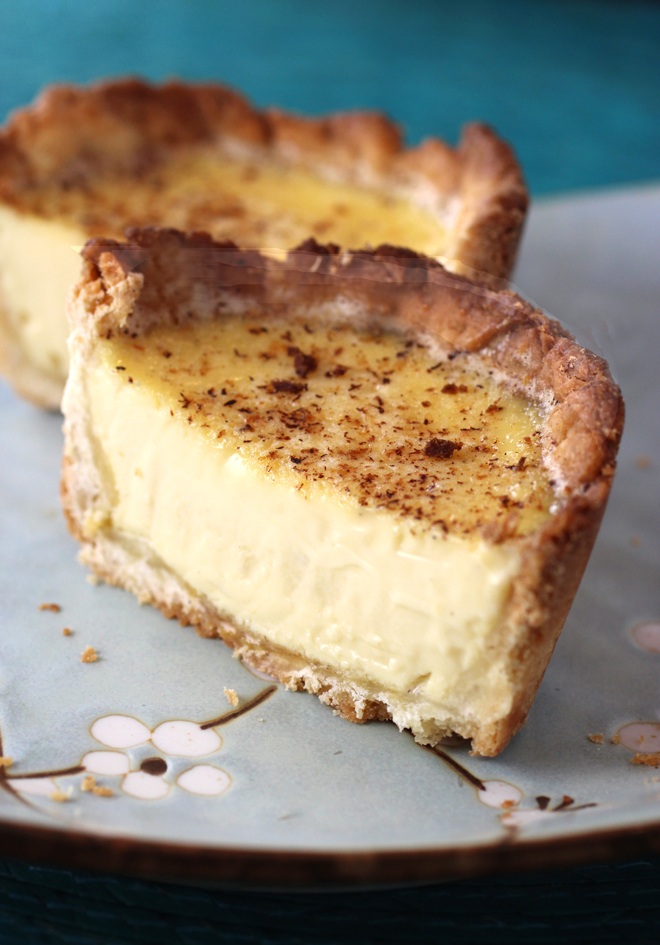
Egg Custard Tarts
(Makes 4)
1/2 batch Sweet Pastry (see recipe below)
Flour, for dusting
1 egg yolk, beaten (optional)
Freshly grated nutmeg
For the filling:
120ml (4 fluid ounces/ 1/2 cup) double (heavy) cream
120ml (4 fluid ounces/ 1/2 cup) whole milk
2 teaspoons vanilla bean paste
4 large egg yolks
50 grams (1 3/4 ounce/ 1/4 cup) superfine or granulated sugar
Cut the pastry into 4 equal slices. Lightly flour the work surface and roll each piece of pastry into a circle about 1/8-inch thick. Use to line four greased, 4-inch loose-bottomed tart tins or jumbo muffin cups (or small brioche molds, if you want a more modern look), trimming off any excess pastry. Refrigerate the tart cases for 1 hour, until firm.
Preheat the oven to 400 degrees F. Line each tart case with a crumpled piece of parchment paper, fill with baking beans or rice and place on a baking try (cookie sheet). Bake for about 20 minutes, or until the edges are lightly browned. Remove the parchment and beans, then bake for a further 4 to 5 minutes, or until the inside of the pastry is golden. To ensure the pastry remains crisp after filling, you can brush beaten egg yolk inside the tart cases and bake them for a minute or two more to create a barrier that helps prevent a soggy base. Set aside and lower the oven temperature to 275 degrees F.
To make the filling, place the cream, milk and vanilla in a small saucepan and bring to a simmer. Meanwhile, whisk together the egg yolks and sugar. Pour a little of the cream mixture into the egg yolk mixture, whisking constantly to prevent the yolks from scrambling. Then, slowly, add the rest of the cream mixture, again whisking the entire time. At this point, if you have one, transfer this custard mixture to a glass measuring cup with a spout. It will make filling your tarts much easier.
Return the tart cases to the oven, then carefully fill each one with the custard; they should be very full, so filling them in the oven prevents spillage. Grate over a generous amount of nutmeg and bake for about 20 to 30 minutes or until the custard is nearly completely set with the merest wobble in the center. Set aside to cool to room temperature before transferring to the refrigerator for 2 hours.
Carefully unmold the custard tarts and serve. They are best on the day they are made, but can be served up to 2 days later.
Sweet Pastry
(Makes enough for 8 small tarts)
265 grams (9 1/2 ounces/ 2 cups plus 2 tablespoons) all-purpose flour
40 grams (1 1/2 ounces/1/3 cup) powdered sugar
1/4 teaspoon fine sea salt
170 grams (6 ounces/ 1 1/2 sticks) unsalted butter, diced and chilled
1 large egg yolk
1/4 teaspoon vanilla bean paste
1 tablespoon ice-cold water
Place the flour, powdered sugar, and salt in a large bowl and stir to combine. Add the butter and toss to coat, then rub in with your fingertips until the mixture resembles fine breadcrumbs. Add the egg yolk, vanilla and water and use a round-tipped knife to stir them into the flour. Once clumps start to form, use your hands to bring the mixture together into a dough. If it seems dry and crumbly, you can add more water a little at a time to get the correct consistency.
(To save time, the dough can be made in a food processor fitted with a blade attachment. Add the dry ingredients to the processor and pulse to combine. Add the butter and pulse until the mixture resembles fine breadcrumbs. Add the yolk, vanilla and water and pulse just until the mixture starts to clump together.)
Tip the dough onto a work surface and use your hands to quickly bring it together in a uniform ball. Form it into a thick sausage, wrap in clingfilm (plastic wrap) and refrigerate for 1 to 2 hours, until firm.
At this stage, I tend to slice the pastry and freeze the pieces I am not planning to use in the next day or so. If wrapped in clingfilm and stored in the refrigerator, the pastry will keep for 3 to 4 days, and in the freezer for up to a month.
Adapted from “Small Batch Bakes” by Edd Kimber

More Delicious Custard to Try: Creamy Pumpkin Custard
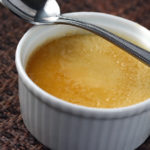
And: Maple Custard
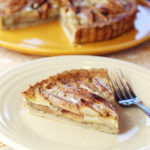
And: Apple Custard Tart
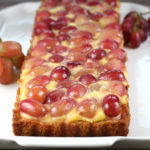
And: Custard Tart with Wine-Poached Grapes
